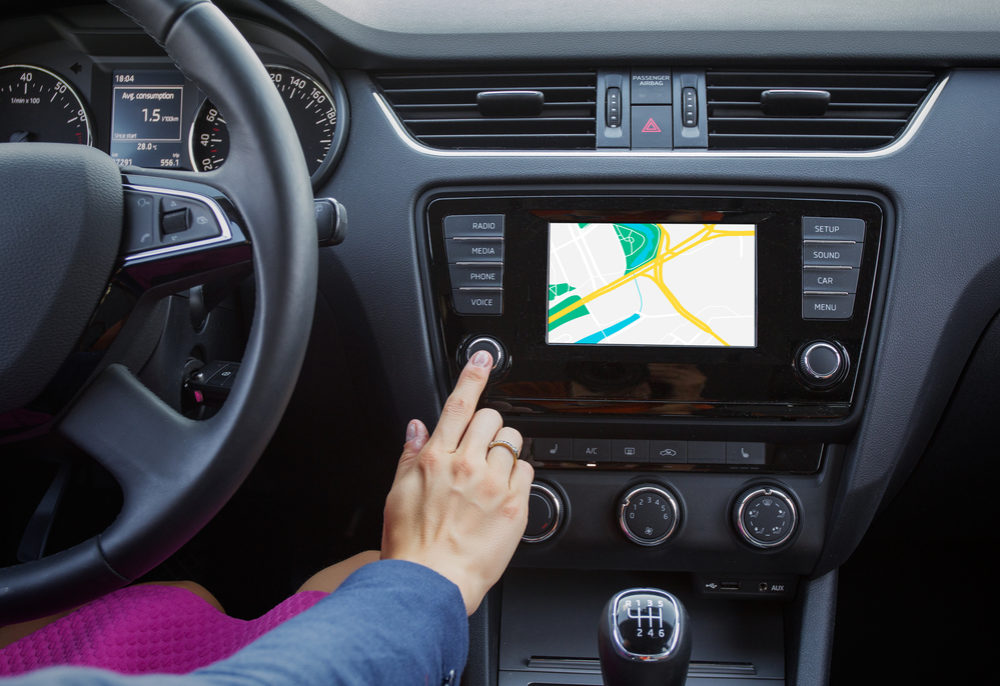Self-Driving Cars May Only Prevent About One-Third of Auto Accidents: Study

As automobile manufacturers continue to make advancements in autonomous vehicle technologies, new research suggests self-driving cars may only be able to prevent about one third of automobile accidents caused by driver mistakes.
According to a study published last week by the Insurance Institute for Highway Safety (IIHS), current self-driving vehicle technology will only be capable of preventing about one out of every three crashes currently attributed to human error, while the rest remain a much larger hurdle to prevent, due to speed and unpredictable driving habits.
The push for self-driving vehicles has topped the U.S. National Highway Traffic Safety Administration’s (NHTSA) priority list, with the hope that autonomous vehicle technologies will make roadways much safer and drastically reduce the number of deaths and serious injuries among passengers, pedestrians and bicyclists

Did You Know?
Millions of Philips CPAP Machines Recalled
Philips DreamStation, CPAP and BiPAP machines sold in recent years may pose a risk of cancer, lung damage and other injuries.
Learn MoreTechnology has focused on preventing drivers from veering off the road, drifting into oncoming traffic or other problems typically associated with impaired or distracted driving, such as texting.
However, the IIHS study indicates that about two-thirds of accidents caused by human error may still not be preventable by current autonomous designs if the systems are set up to operate the way people drive now.
Researchers from the organization examined more than 5,000 police-reported crashes from the National Motor Vehicle Crash Causation Survey to estimate how many crashes might continue to occur if self-driving cars are designed to make the same decisions about risk that humans do, even at more rapid rates of response.
Crash reports were broken down into five driver-related categories that included predictions, sensing and perception, planning and deciding, execution and performance, and incapacitation. Unavoidable and unknown crashes such as vehicle failure accounted for six percent of all crashes in the sample.
The study indicates that sensing and perceiving errors accounted for 24% of all reports, while incapacitation from drugs or alcohol accounted for 10% of crashes. Researchers said the autonomous systems can be extremely effective in eliminating most of these occurrences, since computers have more accurate perception than human drivers and aren’t vulnerable to incapacitation.
However, the remaining 60% of all crashes may not be preventable due to a computer’s inability to predict errors such as misjudging how fast another vehicle is traveling, driving slower for inclement weather road conditions, low visibility lighting conditions, and avoiding evasive maneuvers or other mistakes by fellow drivers.
Researchers further indicated that even if the systems were able to identify these nearly unpredictable events, the timing and accuracy of the responses would have to be perfect in order to prevent crashes given the speeds of roadways today.
“Our analysis shows that it will be crucial for designers to prioritize safety over rider preferences if autonomous vehicles are to live up to their promise to be safer than human drivers,” IIHS research scientist, Alexendra Mueller, stated in the study.
Although self-driving vehicles can be programmed to obey traffic laws and respond to apparent roadway hazards, for them to be truly effective they will need to be able to adapt to road conditions and implement driving strategies that account for uncertainty, according to IIHS researchers.
In 2019, officials from NHTSA indicate an estimated 38,800 people died in automobile related accidents, while another 4.4 million people were seriously injured and required medical attention.
With as much as 94% of all roadway accidents being the result of human error, autonomous vehicle technology aims to significantly reduce or eliminate these types of errors through features such as adaptive cruise control, pedestrian crash avoidance mitigation systems (PCAM), lane departure warning, automatic lane centering, blind spot warnings and automatic braking systems (ABS).
NHTSA officials have been working toward a strategy to safely introduce self-driving vehicles to U.S. roadways, and in September 2018, released a federal guidance, A Vision for Safety 2.0, providing recommendations for the automotive industry and States to follow while developing the evolving technologies used in self-driving vehicles.
Get more articles like this sent directly to your inbox.
"*" indicates required fields




0 Comments